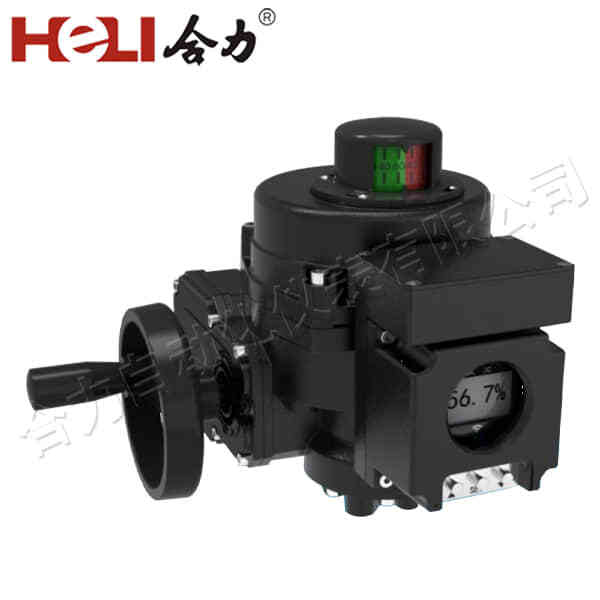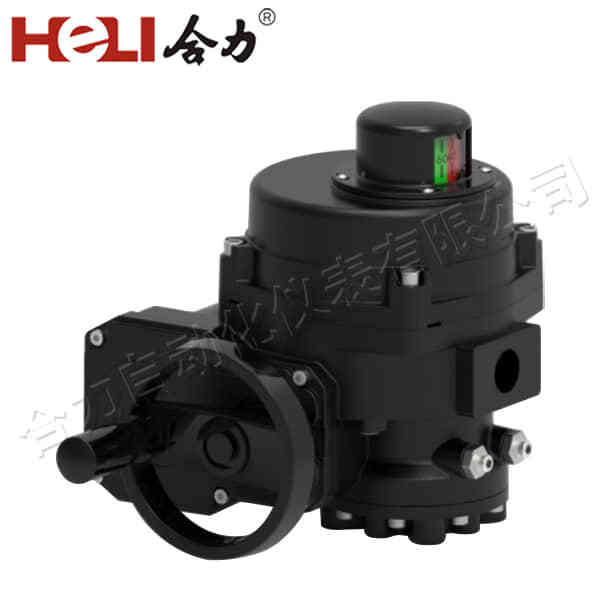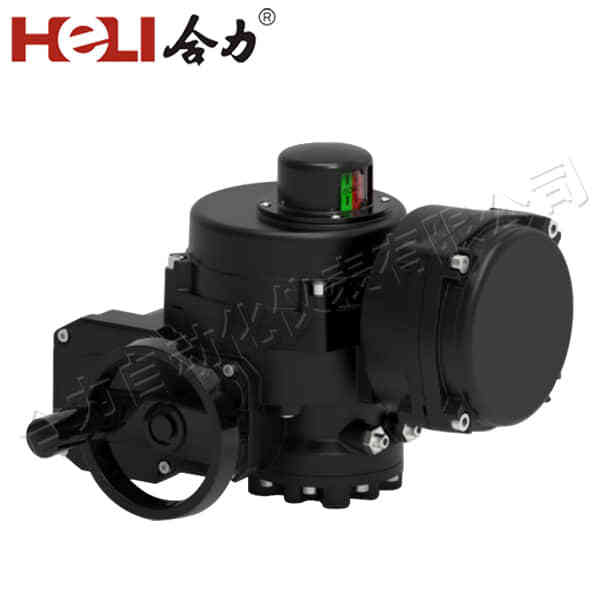understanding electric actuators: applications, advantages, and future trends
Release time:2025-09-15 20:37:07
Electric actuators are widely recognized in industrial automation and numerous other fields for their ability to convert electrical energy into mechanical motion. These devices play a crucial role in controlling various systems that require precise motion and automation, such as valve control, robotic systems, and even everyday applications like electric vehicle steering. This article explores the working principle of electric actuators, their applications, advantages, and the emerging trends that will shape their future.

What is an Electric Actuator?

An electric actuator is a mechanical device that uses an electric motor to produce motion. The motor transforms electrical energy into mechanical energy, which is then used to drive a load. Electric actuators are classified into two primary types: linear and rotary.
Linear actuators provide straight-line motion and are often used in applications like conveyor belts, industrial doors, and medical devices.
Rotary actuators generate circular motion and are commonly used in valve control and robotics.




